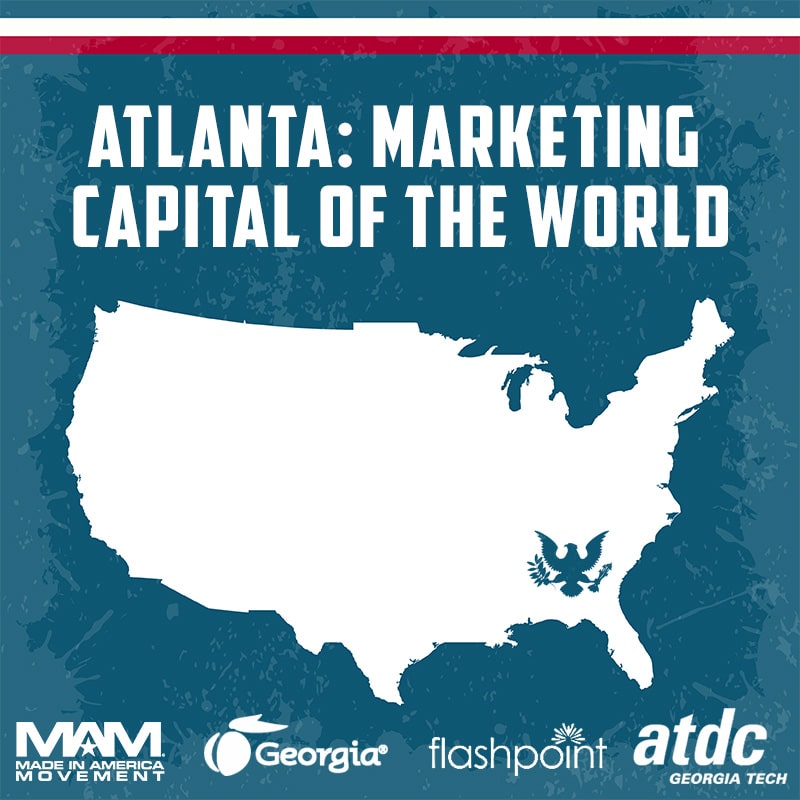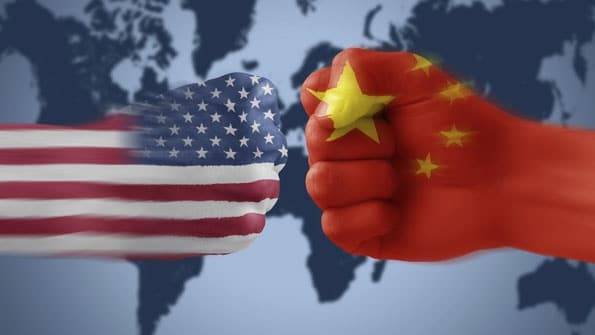As Currency War Erupts, Investors Buy American
The U.S. economy is facing a predicament the Federal Reserve didn’t anticipate — a stronger than expected U.S. dollar. Investors are encouraged to Buy American.
While a strong dollar is great in theory because it reduces the cost of foreign goods for American consumers (including commodities like oil), the stronger currency will have negative consequences for corporate earnings and the markets.
This month, Europe will take a page out of Fed Chair Janet Yellen’s and her predecessor Ben Bernanke’s playbook and begin its own round of aggressive bond buying, known as Quantitative Easing. QE is designed to help stimulate growth. By effectively pumping more euros into the monetary system, QE should cause the value of the euro to continue falling vs. the U.S. dollar. The expectation is that a declining euro makes European goods cheaper and more competitive — but, at what price to the USA?
Sure, a stronger dollar is good news for American vacationers looking to spend a week or two in Europe this summer, but it may trigger some bad news for your stock portfolio — especially if you’re invested in U.S. multinationals that derive a significant portion of their earnings from overseas. It may also leave the Fed unable to move off its zero interest rate policy as early as some might like since a quarter-point rate hike from the Fed would make the U.S. dollar even stronger.
Meanwhile, it’s not just Europe that wants to stimulate growth. There’s a QE bonanza going on across the globe with central banks in China, Japan, India, Russia and Turkey all aggressively trying to grow their economies and devalue their currencies. With the U.S. now one of the rare countries that’s not cutting, nor enacting additional QE, investors are piling into the U.S. dollar. In the last year, the dollar has appreciated about 18% against major currencies.
The stronger dollar is hurting U.S. based multinational companies’ earnings. IBM, which generates 40% of its sales from overseas markets, felt the pinch in its recent quarter, along with Procter & Gamble, the maker of popular household products like Pampers and Tide whose chief financial officer Jon Moeller told investors, “This is the most significant fiscal year currency impact we have ever incurred.”
Caterpillar, Coca-Cola, Pfizer — they’re all feeling the effects. Not even Google nor Apple is immune as the prices of American-made goods become increasingly expensive in worldwide markets, and therefore, more prohibitive for foreigners to buy. According to RBC, roughly 45% of revenue from S&P 500 companies is generated from overseas markets.
The Fed needs to figure out how to navigate this so-called currency war. How can it possibly raise rates in June, as some had hoped, when everyone else in the world is easing? By doing so, Yellen would all but guarantee even more appreciation in the dollar and thus, tougher times for U.S. corporations selling abroad. Yet, by not raising rates, the Fed is stuck at ZIRP (zero interest rate policy) which comes with its own set of risks — primarily in the unintended consequence of creating a new asset bubble.
While it appears to be a tricky situation for American investors trying to maximize their stock portfolios in 2015, it may not have to be. Assuming consumers begin spending the extra money in their pockets thanks to lower gas prices, the U.S. economy may continue plugging along, “decoupling” itself from worldwide economic challenges.
In this environment, U.S. investors would be wise to stay patriotic and invest in domestically significant American companies. Small and mid-cap companies that generate the bulk of their sales from right here at home are shielded from a decline in overseas’ revenues. This spring, it’s time to think Team U.S.A.
SOURCE: USA Today[p][/p]
Trish Regan is Host of “Street Smart with Trish Regan” daily on Bloomberg Television from 3-5 p.m. ET. Follow her on Twitter at @Trish_Regan






Leave a Reply
Want to join the discussion?Feel free to contribute!